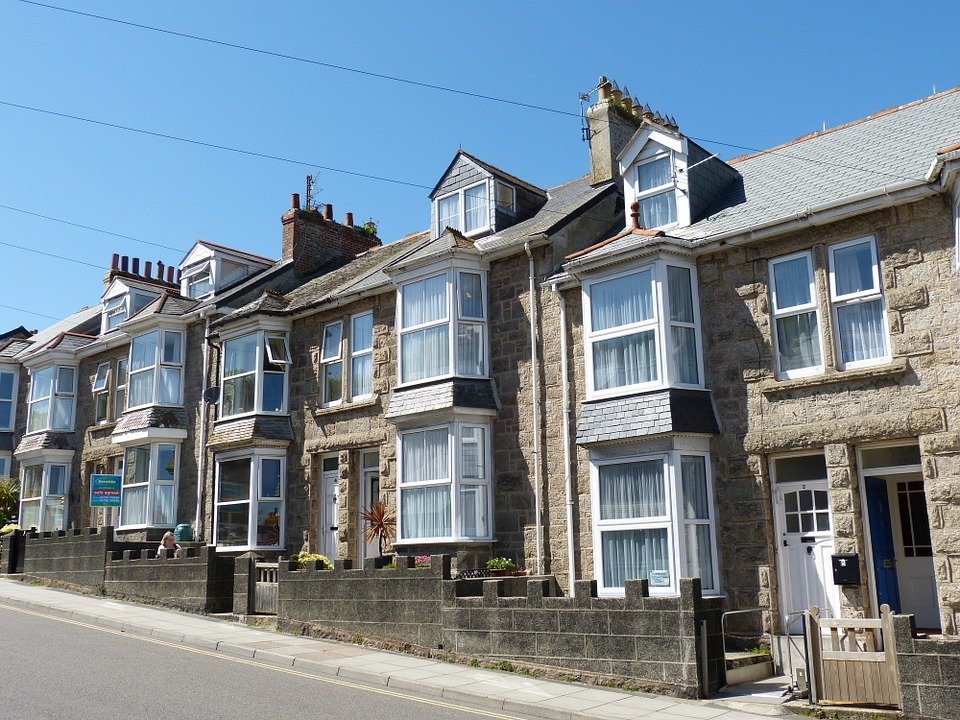House prices rose by 10% on an annual basis this August, new Nationwide data shows, down from 11% the month previous.
This is the tenth month in a row that house price rises, by Nationwide’s calculation, have hit double digits.
On a monthly basis, prices nudged upwards by 0.8%, which is higher than the 0.2% seen in July.
This takes the average UK house price to £273,751, which is nearly £50,000 more than two years ago, the data shows.
Nationwide chief economist Robert Gardner expects the market to slow down further. He says: “There are signs that the housing market is losing some momentum, with surveyors reporting fewer new buyer enquiries in recent months and the number of mortgage approvals for house purchases falling below pre-pandemic levels.”
Get in touch with Mortgage Broker UK today to discuss your residential and Buy to Let Mortgage requirements.
Interest rate rises and energy bills may also contribute to softening house price rises.
He points out, however, that limited housing stock has continued to support prices generally.
Read about the UK Housing Market via our Specialist Residential & Buy to Let Division
Energy woes
Nationwide has also completed some maths on the new energy bill price cap increase and how this will affect household budgets.
Gardner shows his homework: “As things stand, from October, average bills for Energy Performance Certificate D-rated properties (the most common type) are set to rise by just over £1,250 a year, even after taking account of the government’s £400 discount.
“Those in properties rated A to C will see average bills increase by nearly £1,000 a year (or over £80 per month). E-rated properties will see an increase of over £1,700 per year (c. £150 per month), whilst those in the least energy efficient properties (F/G) face a staggering £2,700 rise (£225 per month).
“While only a small proportion of the stock is rated F/G (approximately 2% of those with mortgages), the challenges for these households appear particularly acute.
Discover our Mortgage Broker services
“Overall, the average increase is equivalent to a 1.36% rise in interest rates, but around 1% for A to C-rated properties, 2% for an E-rated property and nearly 3% for an F/G-rated property.”
Hargreaves Lansdown senior personal finance analyst Sarah Coles adds: “The age of a property is the single biggest factor in determining how energy efficient it’s likely to be. Almost all homes built since 2012 in England and Wales have a high energy efficiency rating – compared with 12% of those built before 1900 in England and 8% of those of the same age in Wales.
“The next most important factor is size. Flats and maisonettes are most likely to be in the most efficient bands and detached homes are the least likely to be. It means that big, detached Victorian homes are costing people dear.
“Before the horrendous hikes in the energy price cap, this might have been manageable, but the impact of rising prices is taking a terrible toll. The average energy bill for the least efficient homes is twice the level of the most efficient homes – at £3,900, and the price cap rise will add an incredible £2,700.”
By Gary Adams
Source: Mortgage Finance Gazette

